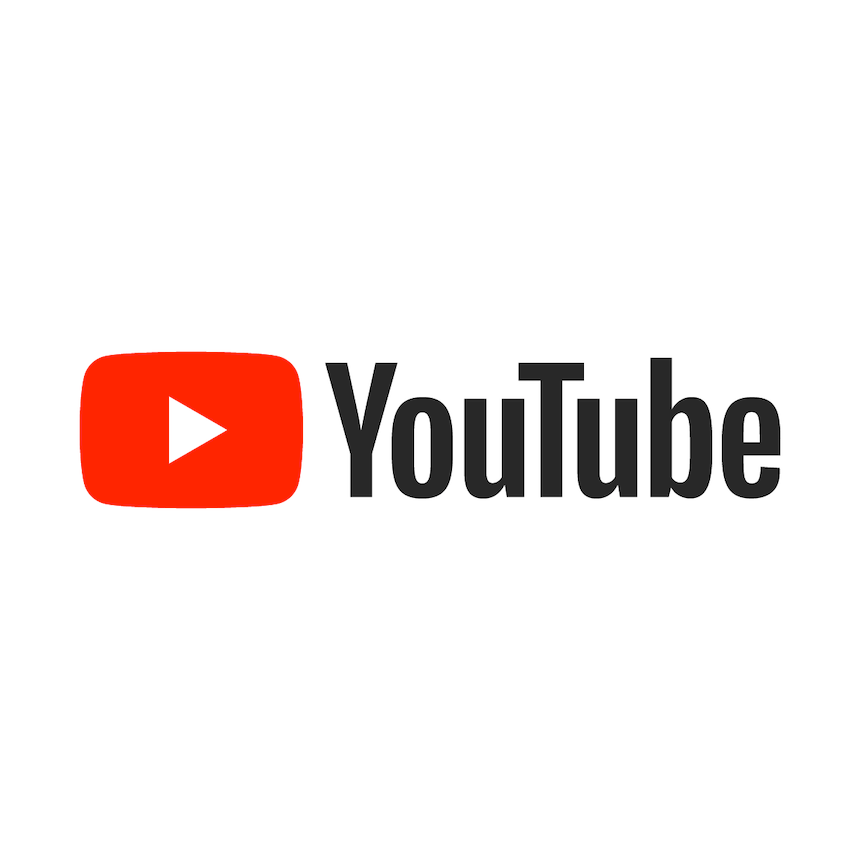Policy changes on YouTube

YouTube is a well know digital platform where creators can upload content. The creators depend on the platform because there is a power asymmetry in favor of YouTube. Therefore, YouTube can adjust its policies as they wish. That is why the term "platform-dependent entrepreneurs" emerged. The policy changes on YouTube and how content creators respond to them is an important topic that has gained significant attention in recent years. As YouTube continues to grow as a dominant platform for content creation, examining the impact of policy changes on the platform and how creators have adapted to them is essential. Policy changes can impact the monetization, and creative freedom of content creators, potentially leading to significant financial and creative consequences for them. Understanding how creators respond to policy changes on YouTube can shed light
on their strategies for adapting to changing platform dynamics and provide insights into how to maintain a successful content creation business. The first step was to identify the most important policy changes and find the reasons for these changes. And the second step was to see how content creators responded to these changes.
Visualization of the relationship between platform-dependent entrepreneurs and
platforms:

Research questions:
• RQ 1.1: What were important policy changes on YouTube for content creators?
• RQ 1.2: What were the reasons for the important policy changes for content creators on YouTube?
• RQ 2: How have content creators responded to the policy changes on YouTube?
To answer the research questions six interviews with content creators from Germany and the United States of America were conducted. Finding creators who were willing to do an interview was a big challenge. For the interviews, a semi-structured interview guide was developed. The interviews were recorded and later transcribed. Inductive coding was used to analyze the interviews, and a coding scheme was subsequently established.
Results RQ 1.1 and 1.2:
Two categories were established: "Changes to the algorithm" and "Monetization changes". An example of an algorithm change was the Watch Time update, which involved the use of a different metric to rank content. The purpose of this change was to enhance the user experience. An example of a monetization change was the Adpocalypse, an incident that occurred in 2017 where advertisers boycotted YouTube due to the increase of offensive content. In response, YouTube modified its monetization policy to reduce the pressure.
Results RQ 2:
Two categories were identified once again. Creators began optimizing their content for the algorithm and reducing their dependence on YouTube. Examples of content optimization included improving titles and thumbnails and delivering valuable content to viewers. To minimize dependency on YouTube, creators started utilizing other platforms and exploring additional career opportunities, such as going into the TV industry.